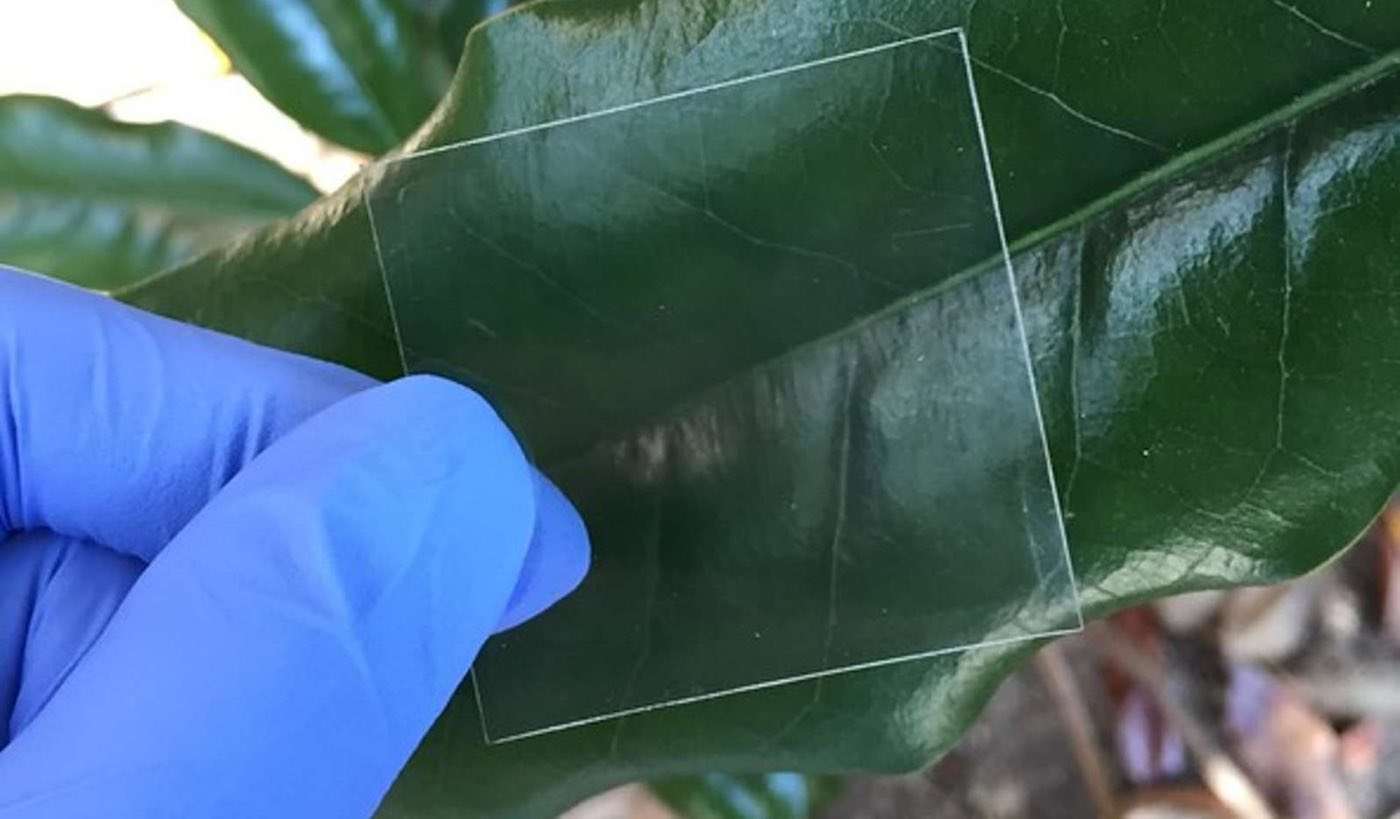First Firefighting Robot in America Just Helped to Put Out a Blaze in Downtown Los Angeles
The RS3 had been on its way to a press conference debut when it was deployed on its first firefighting mission—and it was wildly successful.

3.5 percent of the energy used in the United States goes right out the window—wasted because of inefficient glass panes in winter and summer. Now scientists have given us a way to utilize sustainable tree products as a replacement for the costly glass.
A researcher at the USDA Forest Products Laboratory, Junyong Zhu, has collaborated with colleagues from the University of Maryland and University of Colorado to develop a transparent wood material that looks clearly like the window of tomorrow.
They have demonstrated that transparent wood has the potential to outperform glass windows in nearly every way, making it one of the most promising materials of the future.
While glass is the most common material used in window construction it comes with a costly economic and ecological price.
Heat easily transfers through it, especially single pane, and leads to higher energy bills when it escapes during cold weather and pours in when it's warm. Transparent wood is approximately five times more thermally efficient than glass, substantially cutting energy costs.
Glass production used for construction also comes with a heavy carbon footprint. Manufacturing emissions alone are around 25,000 metric tons per year, without considering the heavy footprint of also transporting the glass.
The scientists used wood from the fast-growing, low-density balsa tree. It is treated to a room temperature, oxidizing bath that bleaches it of nearly all visibility. The wood is then penetrated with a synthetic polymer called polyvinyl alcohol (PVA), creating a product that is nearly transparent.
Their findings were published in the Journal of Advanced Functional Materials in a paper entitled, A Clear, Strong, and Thermally Insulated Transparent Wood for Energy Efficient Windows.
The natural cellulose in its wood structure and energy-absorbing polymer filler means that it is 3 orders of magnitude more durable than glass—and much lighter in weight, too. It can withstand much stronger impacts and, unlike glass, it bends or splinters instead of shattering.
Additionally, the transparent wood is a sustainable material, with low carbon emissions and an ability to biodegrade much faster than plastic.
It is made from a renewable resource that is also compatible with existing industrial processing equipment, making the transition to manufacturing an easy prospect.
With all of these potential benefits for consumers, manufacturing, and the environment, the case for transparent wood couldn't be…clearer.
WATCH the video from the University of Maryland…
SHINE Some Light On Your Friends By Sharing This on Social Media…
Be the first to comment